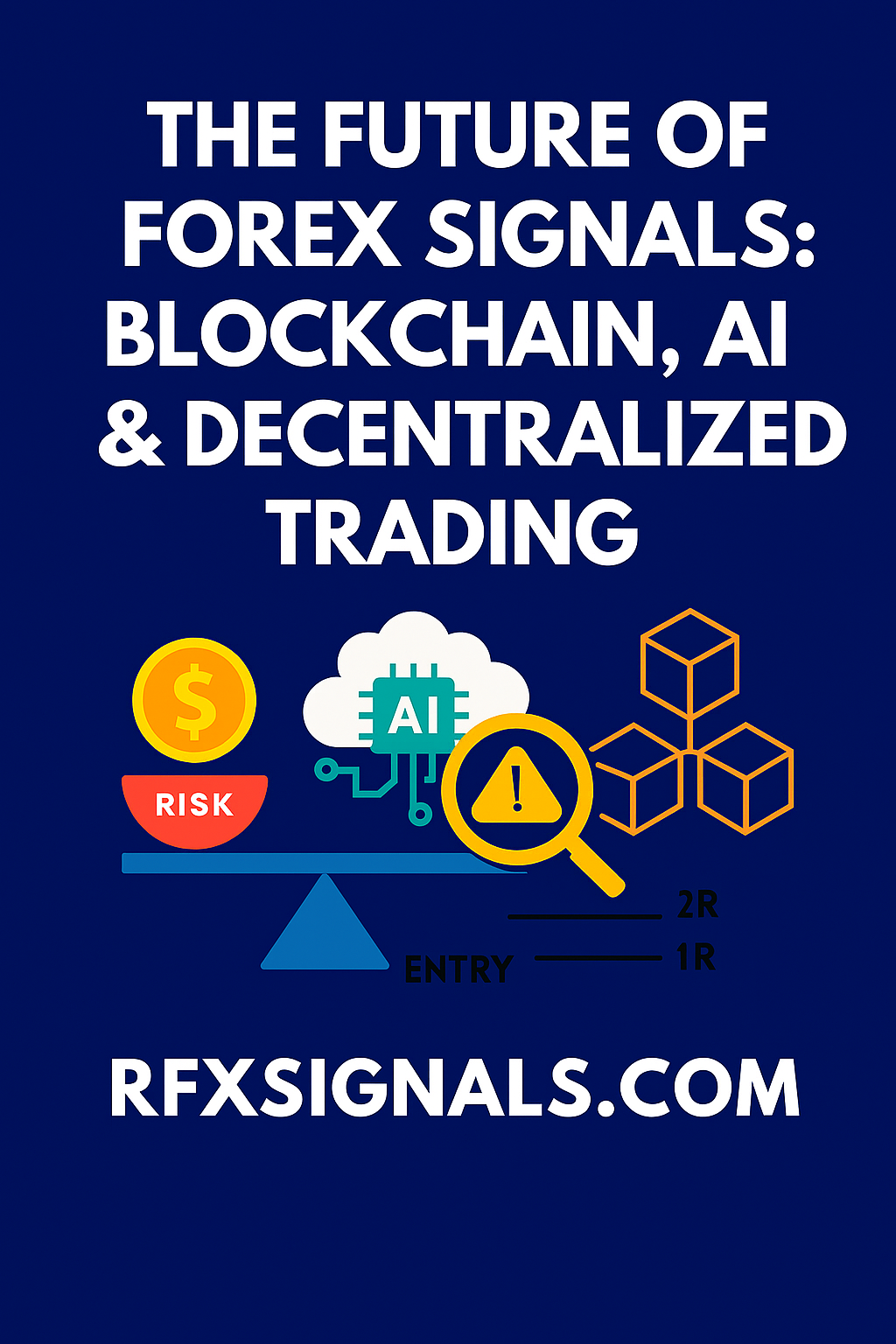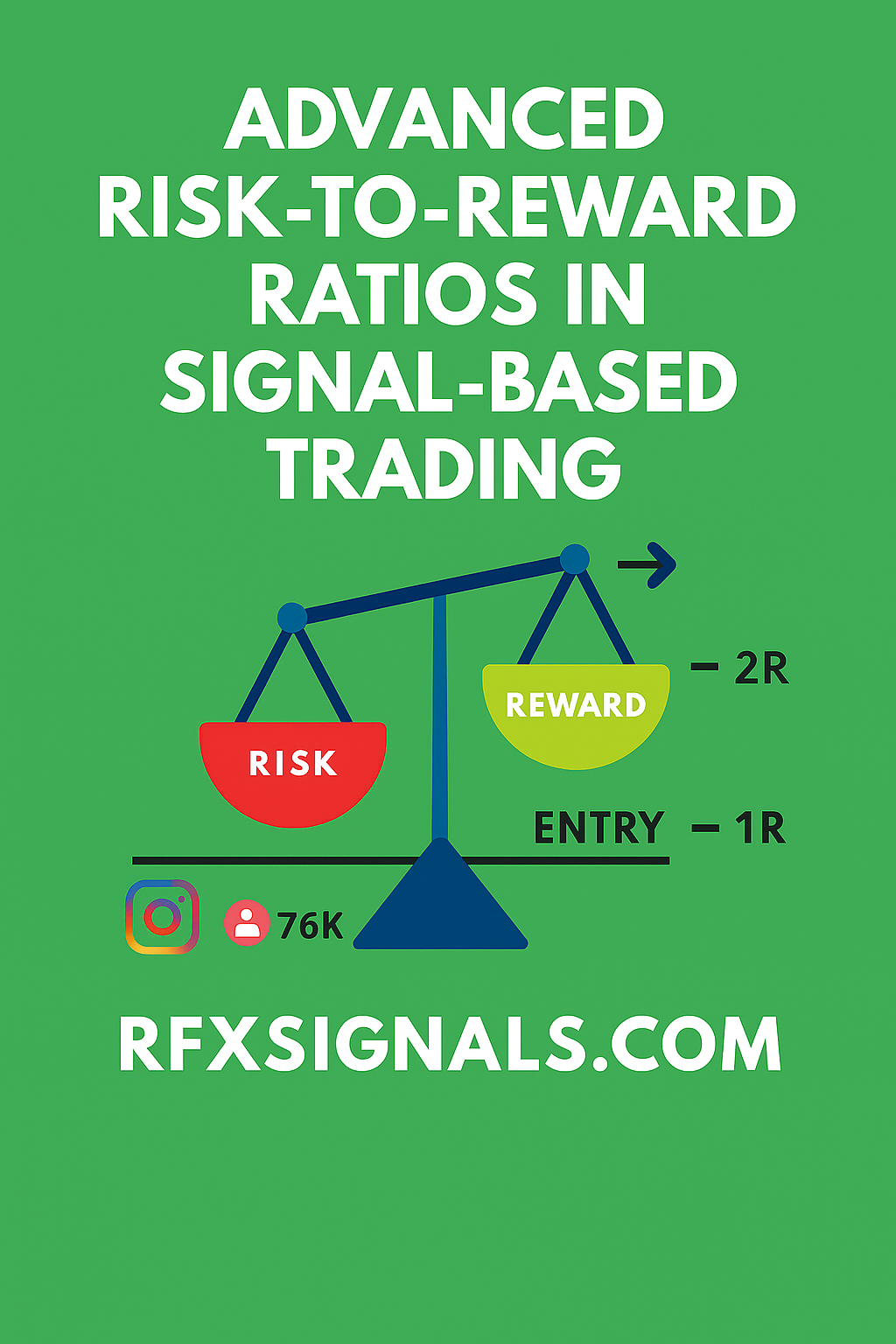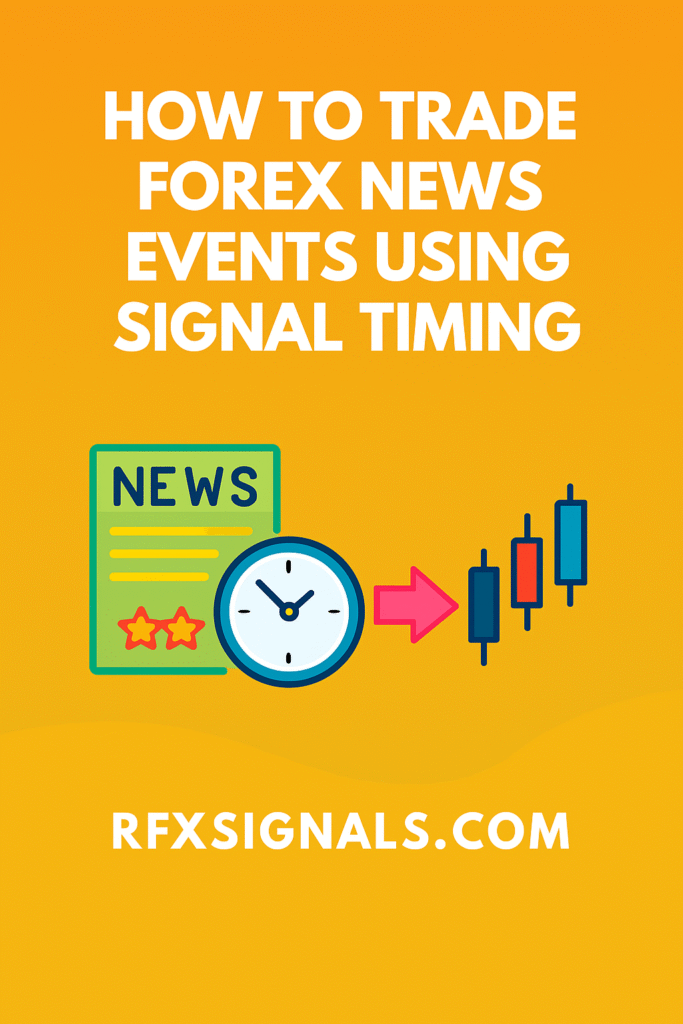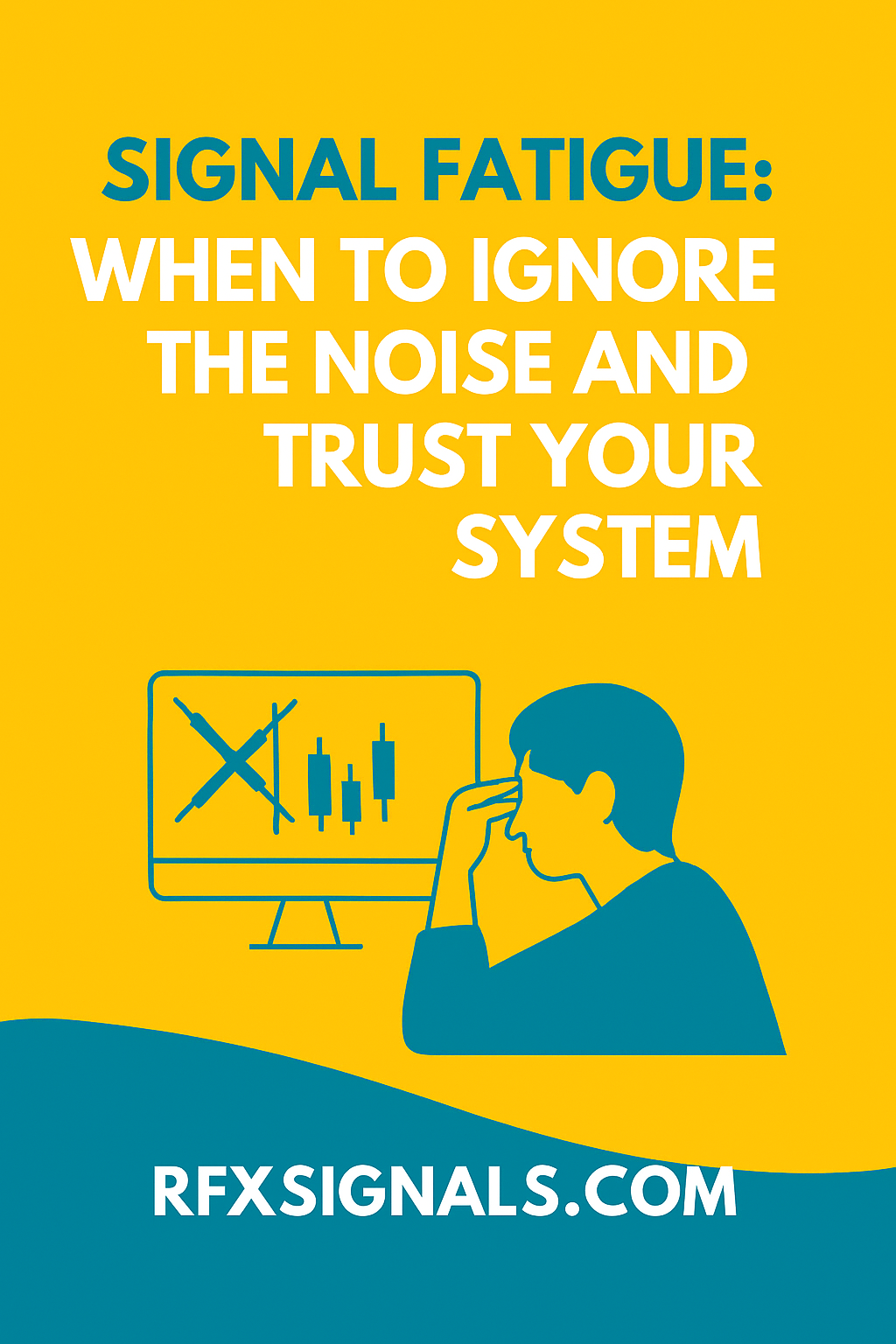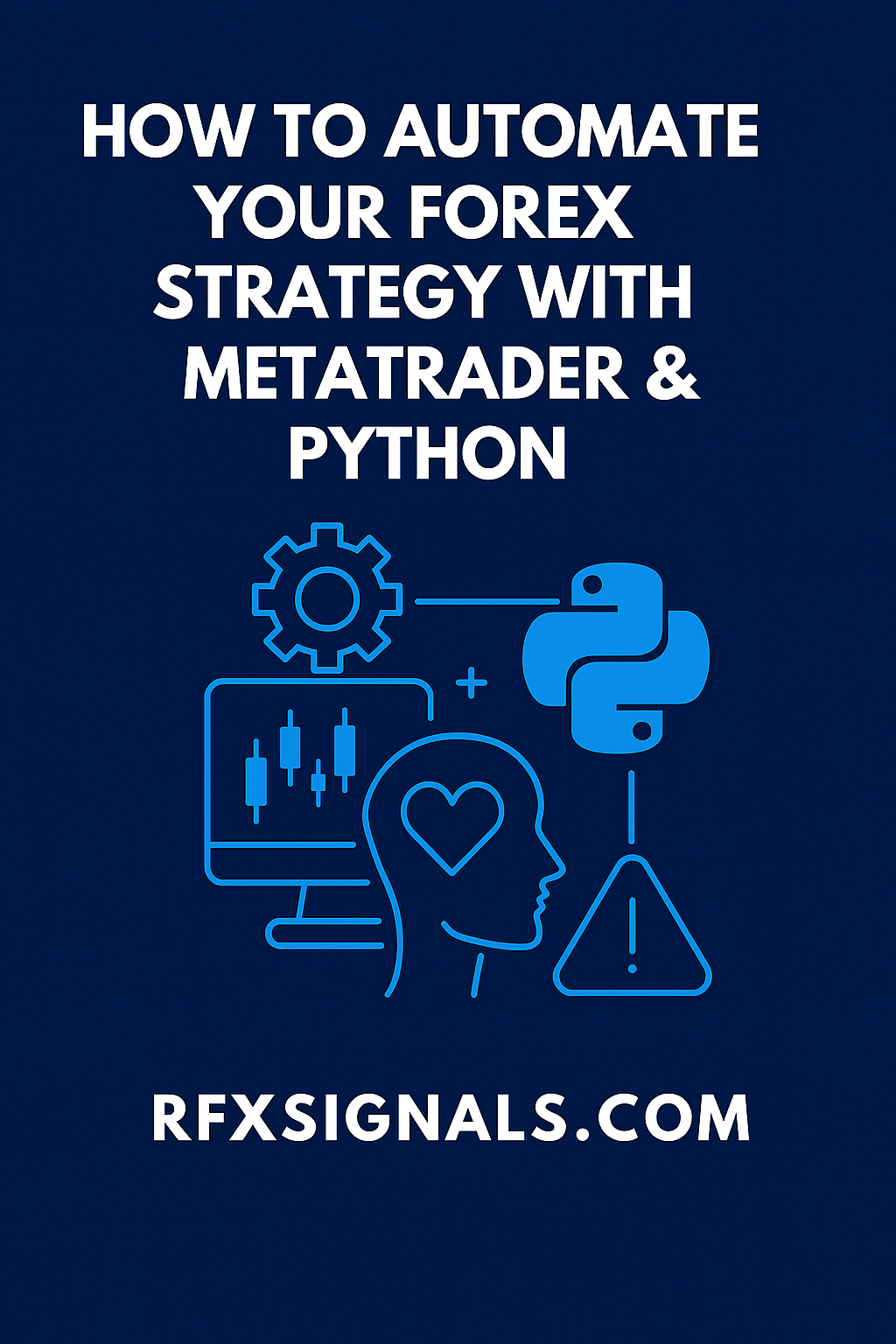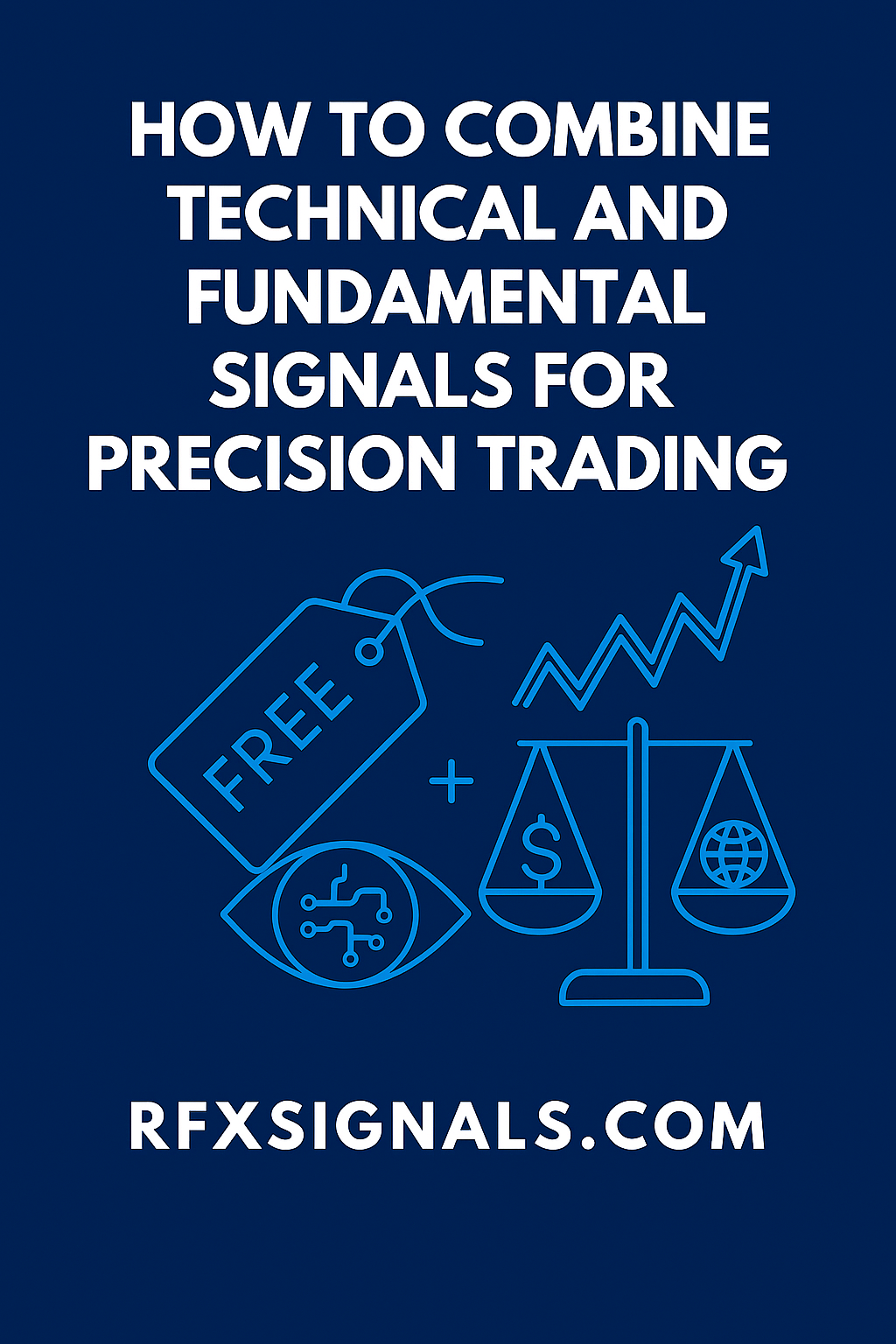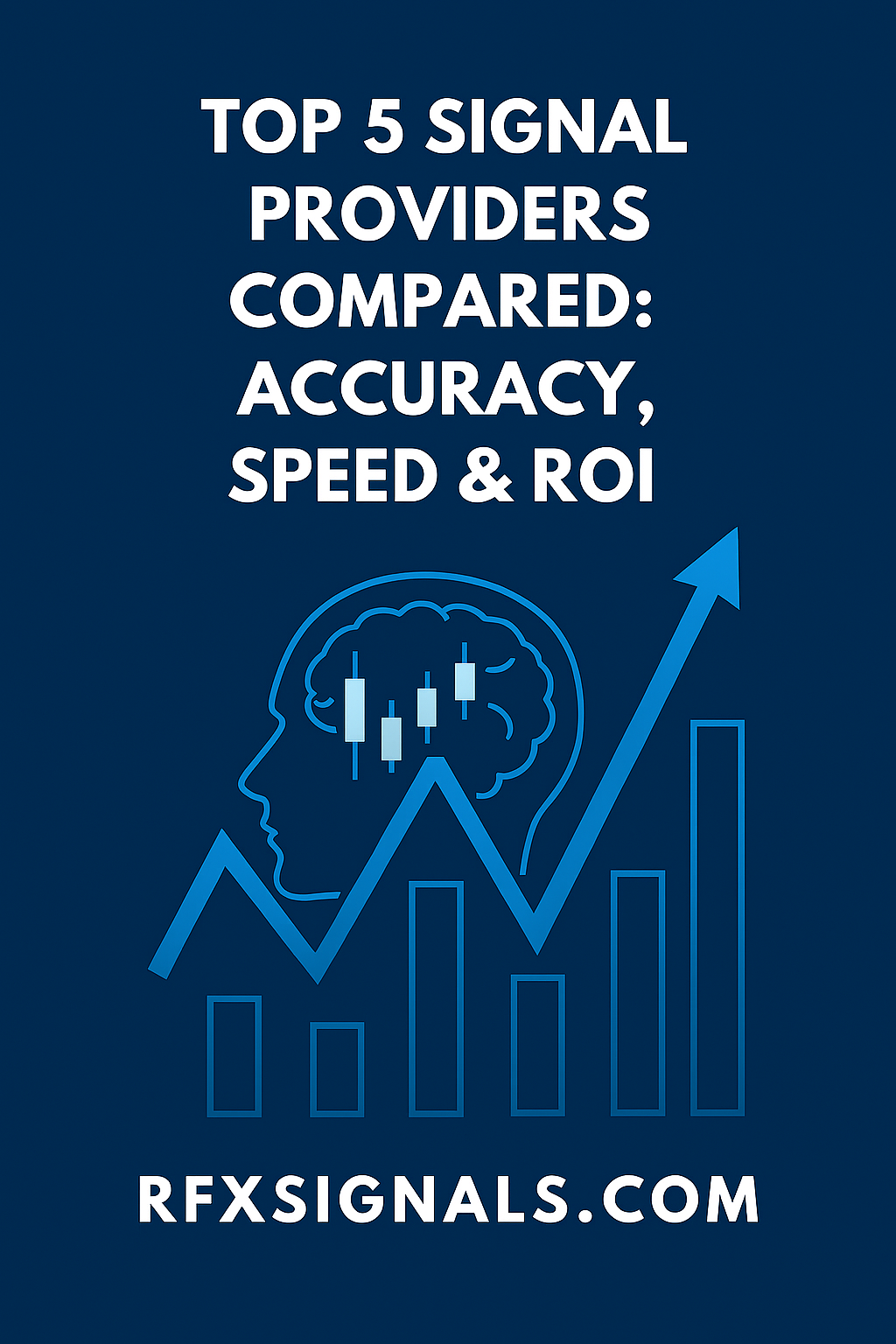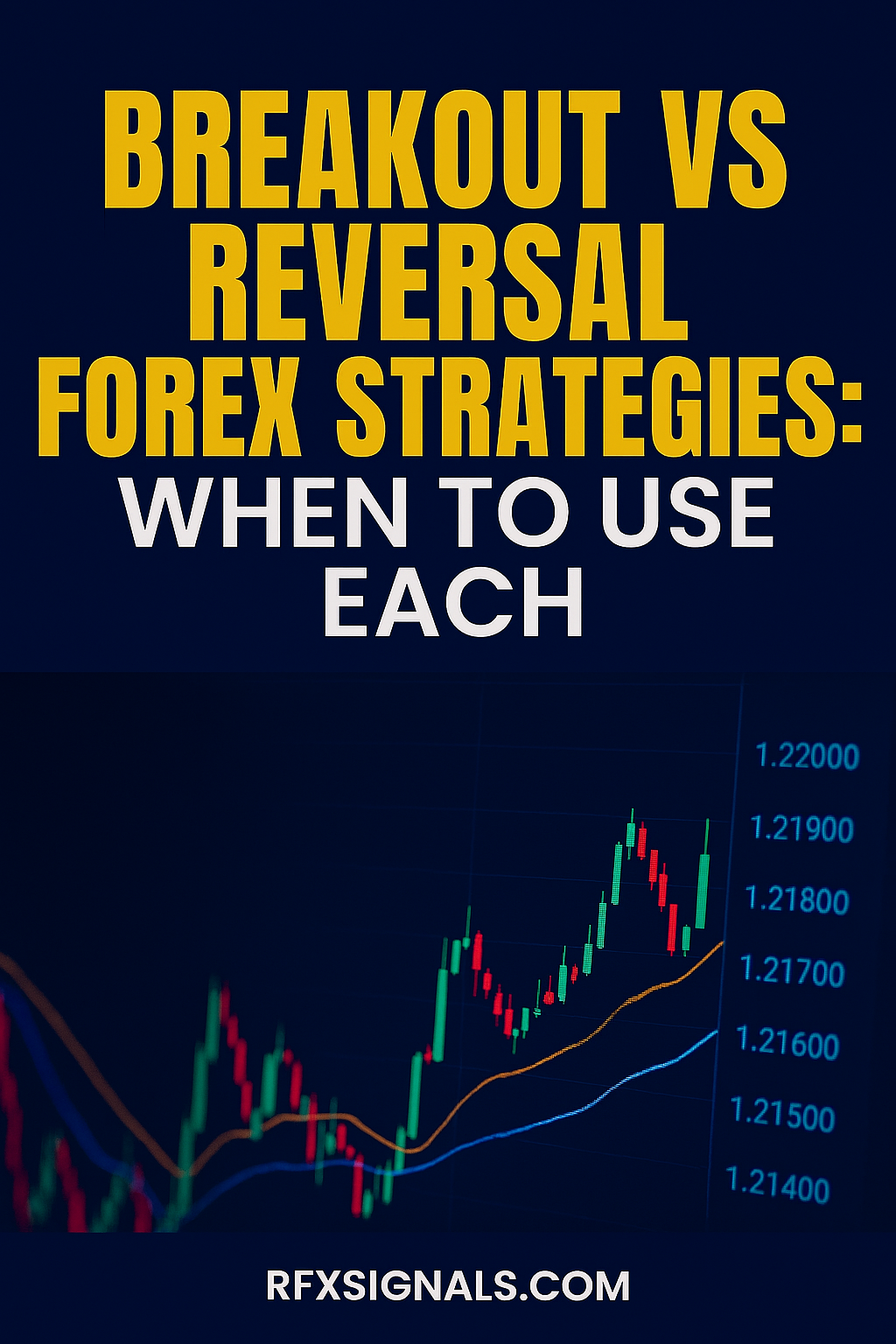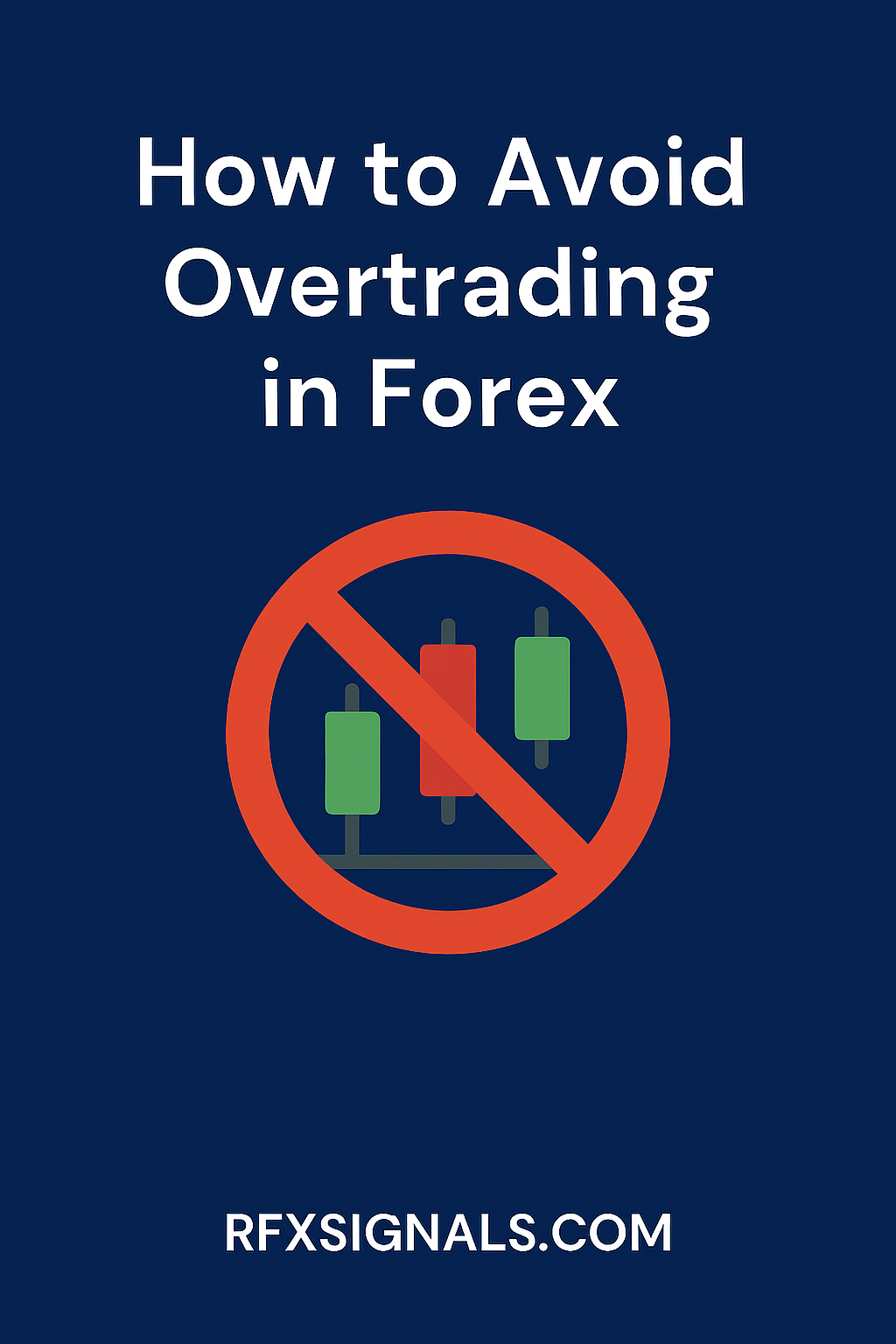
How to Avoid Overtrading in Forex
Overtrading is one of the fastest ways to lose money in forex — it combines higher transaction costs, creeping emotional decisions, and poor risk management. Whether you’re a new trader tempted by every signal or experienced but going through a losing streak, these strategies will help you regain control and trade only when the odds are in your favor.
What is overtrading?
Overtrading means taking too many trades, trading with position sizes larger than your plan, or entering poor-quality setups because of boredom, revenge, or FOMO. It often shows up after a loss (trying to recover) or during high market excitement. The result is subpar performance, higher drawdowns, and deteriorated psychological resilience.
1. Define clear entry and exit rules
Start with a written rule-set. Define what counts as a valid setup — timeframes, indicator confirmations, price action patterns, and news filters. If a trade doesn’t meet the checklist, don’t take it. A checklist is your defense against impulse trading.
2. Limit the daily and weekly trade count
Set strict caps: for example, no more than 3 trades per day and 10 per week. Caps force you to pick your best setups and prevent random entries. If you hit the cap, stop trading and review.
3. Use position sizing and risk-per-trade limits
Risk management combats overtrading by making each trade meaningful. Set a fixed percentage risk per trade (e.g., 0.5–1.5%). When risk is meaningful, you naturally become selective — and you trade fewer but higher-quality setups.
4. Automate filters and alerts
Use trading platform alerts or automated screens to notify you only when setups meet your rules. Rather than staring at charts and impulsively entering, let alerts bring opportunities to you. This reduces impulsivity and screen-time driven overtrading.
5. Create pre-trade and post-trade routines
A pre-trade routine might include checking the economic calendar, confirming risk limits, and ensuring the trade matches your checklist. Post-trade routine: log the trade, note emotions, review the execution. Rituals convert discipline into habit.
6. Recognize emotional triggers
Overtrading rarely happens in a vacuum — it’s fueled by boredom, revenge, or greed. Learn to recognize when you’re trading from emotion: tightened shoulders, racing thoughts, or a desire to ‘make up’ losses. When you notice these signs, pause and follow a cooling-off protocol.
7. Implement a cooling-off rule
When you hit negative thresholds (e.g., three consecutive losses or -3% of equity in a day), stop trading and take a break for the rest of the day. Cooling-off rules prevent emotional escalation and protect both capital and confidence.
8. Keep a high-quality trade journal
Logging trades helps you separate emotions from performance. Include the reason for entry, screenshots, emotions felt, and execution notes. Weekly reviews reveal patterns: are you breaking rules after losses? Are certain hours causing mistakes? The journal is your objective mirror.
9. Reduce screen time and check only defined sessions
Trading in defined sessions (e.g., London open, New York overlap) reduces the temptation to look for trades constantly. Less screen time reduces reactive entries and gives your mind space to evaluate trades thoughtfully.
10. Use wider timeframes for decision-making
Higher timeframes (4H, Daily) filter noise and improve decision quality. If you’re prone to overtrading on 5- or 15-minute charts, confirm trades on a higher timeframe to ensure alignment. This reduces false entries and increases the likelihood of meaningful moves.
11. Avoid trading around high-impact news without plan
News events spike volatility and can trigger impulsive trades. Either avoid trading major news entirely or have a pre-defined plan for news risk: reduced position size, wider stops, or sitting out altogether.
12. Focus on expectancy, not number of wins
Good trading optimizes expectancy (average R per trade * win rate), not the number of winning trades. Fewer high-quality trades with positive expectancy beat many random wins. Define and track your expectancy to stay focused on quality over quantity.
13. Use checklists and trade tickets
Before entering, fill out a short trade ticket: pair, timeframe, entry, stop, target, risk %. If you skip the ticket, likely you’re trading impulsively. Keep trade tickets centralized in your journal for review.
14. Consider algorithmic guardrails
If human impulses are the problem, use simple algorithmic rules to enforce limits. For example, create an EA or script that blocks new orders after the daily loss limit or caps order quantity. Automation can act as a behavioral backstop.
15. Re-evaluate your strategy periodically
Sometimes overtrading is a sign your strategy isn't producing clear setups — not merely lack of discipline. Backtest and forward-test your approach; if edge is weak, refine selection criteria rather than forcing trades.
Quick checklist to stop overtrading
- Do I have a valid reason for this trade? (Yes/No)
- Is my risk within the pre-set %?
- Have I hit my daily/weekly trade cap?
- Am I trading to recover losses or from boredom?
Related reading
Conclusion
Overtrading is fixable. With written rules, risk limits, automation, and disciplined routines, you can reduce impulsive entries and focus on trades with real edge. Remember: in forex, winning is not about doing more — it’s about doing the right trades consistently.


